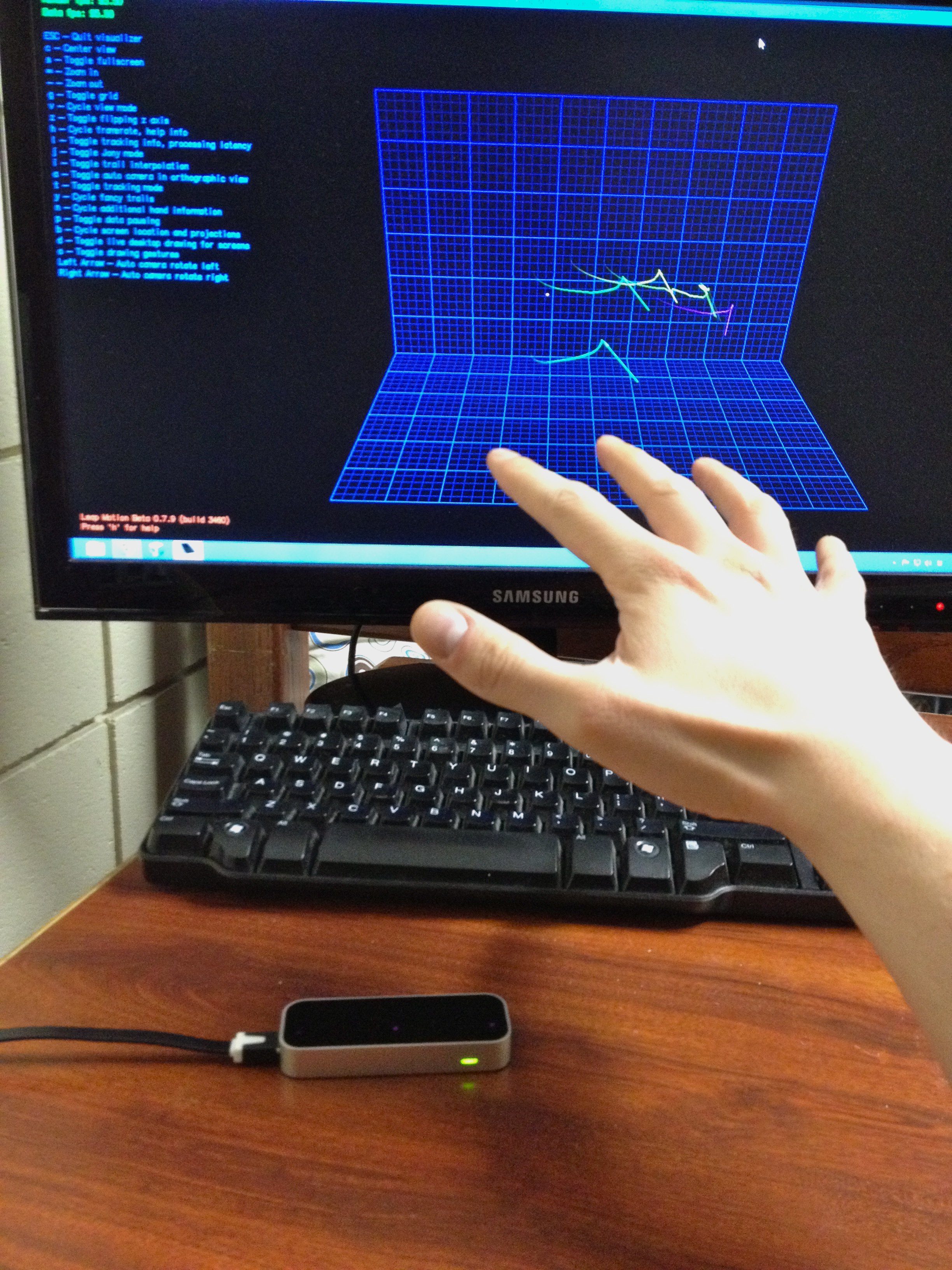

and then implement their related public ObservableValue methods. In a JavaFX based application, one easy way to do this is by adding ObjectProperty objects to the LeapListener class in order to set desired values at every frame using Vector, Point2D, Point3D, CircleGesture. For that, you just need to integrate the Leap events, in terms of movement or actions, in your apps. Having a Leap Motion Controller means you can interact with your applications in a very different way you're used to. In terms of Java code, all you need to do is extend the Listener class provided by the SDK and basically override the onFrame method, and let the magic begin. To end this brief intro to the great Leap Motion device, let's say that being on the Developer Program you can get your SDK for many programming languages, such as Java, JavaScript, C++, C#, Objetive C or Phyton. The good thing of having access to all frames data is that you can define your custom gestures, and try to find them analyzing a relative short collection of frames, all over again.
Leap motion visualizer program install#
be (just a little bit more) patient! For those who haven't decided to buy one yet, maybe this reading will help you make up your mind.Īfter you plug in the Leap Motion device in your USB port (Windows, Mac and Linux OS), and download and install its sofware, you can try the Leap Visualizer, a bundled application which allows you to learn and discover the magic of the Leap. If you don't know about it yet, check these, for instance:įor those of you already on the pre-order list, the 22nd of July it's already there. I won't go in much detail regarding the Leap itself. JavaFX 3D and Leap, with JDK8 early preview and openJFX Project. Physics 2D worlds and Leap, a JavaFX approach. Moving 2D shapes on a JavaFX scene, trapping basic gestures with the Leap. The JavaFX and the Leap threads, change listeners to the rescue.The Leap Motion Controller, what you can expect: hands, fingers, tools and basic gestures.So this post is a little briefing of the few projects I've done with the Leap Motion controller and JavaFX, most of them just as a Proof of Concept.Īs the Leap SDK is private for now (though they intend to make it public soon), I won't release any code, just snippets, few screenshots and short videos. In April I had the chance to get involved in the Leap Motion Developer program (thanks for that to Jim Weaver and Simon Ritter, and of course, to the Leap Motion staff), and since I received the little but powerful device at home, I've been playing around with it in several JavaFX based projects. In all this time I could (even) afford only one distraction, because the device really deserve it! So I had to put on hold most of my JavaFX, Raspberry Pi and Arduino projects. Hi, it's been a while since my last post, but this first half of the year I've been quite busy at work.


 0 kommentar(er)
0 kommentar(er)
